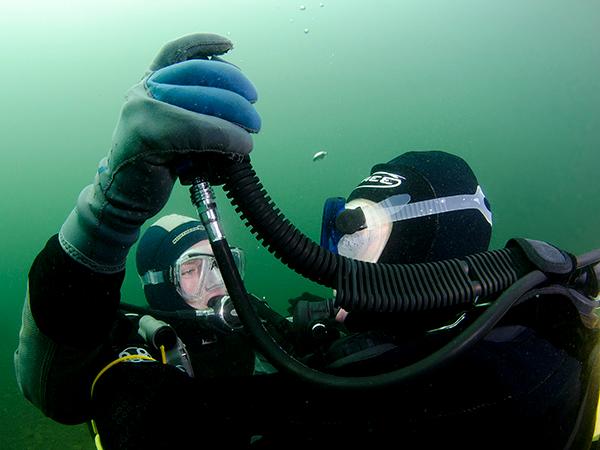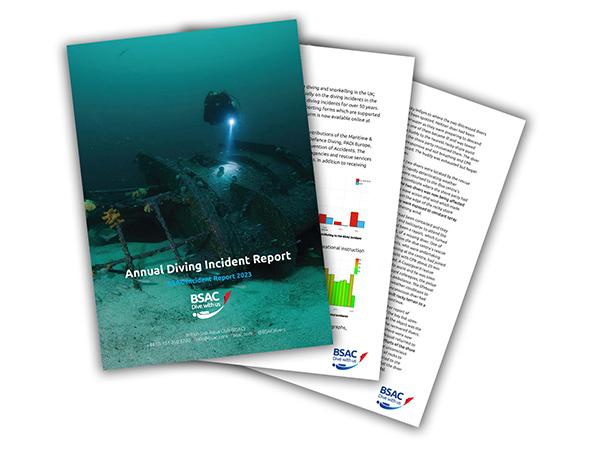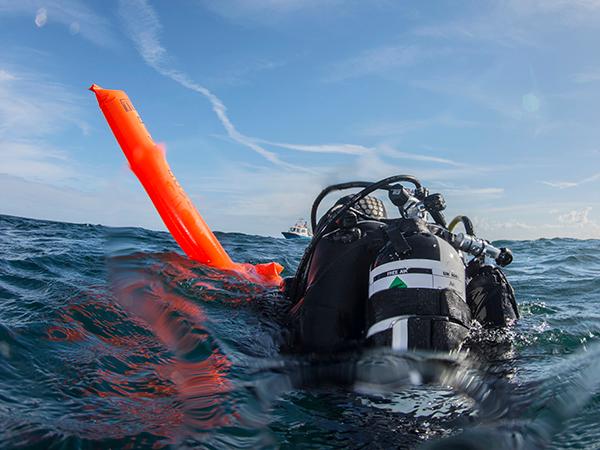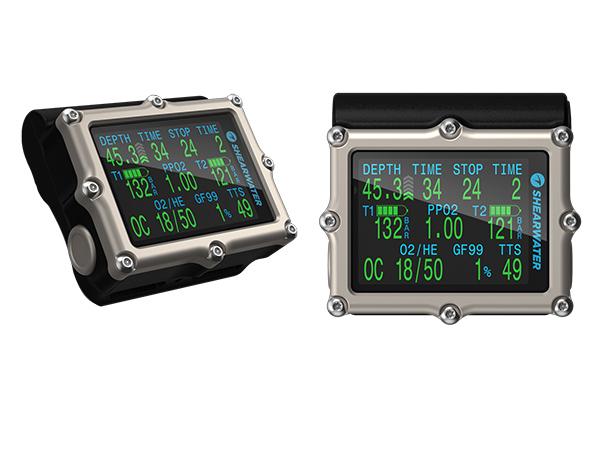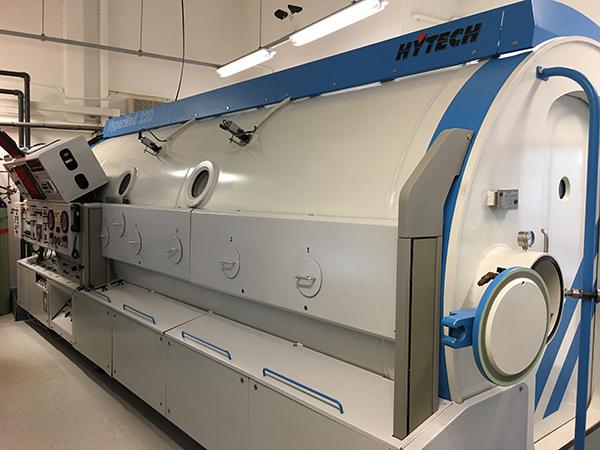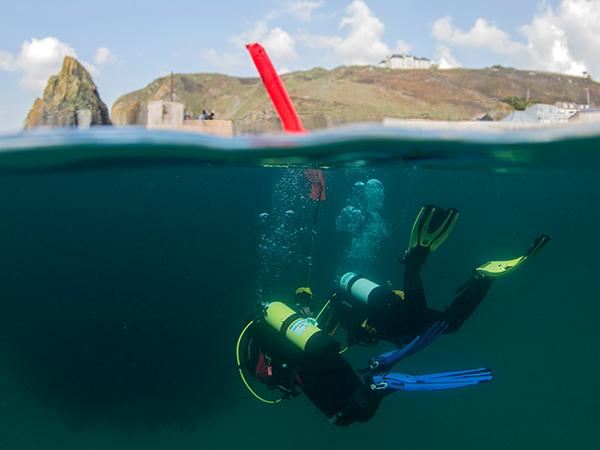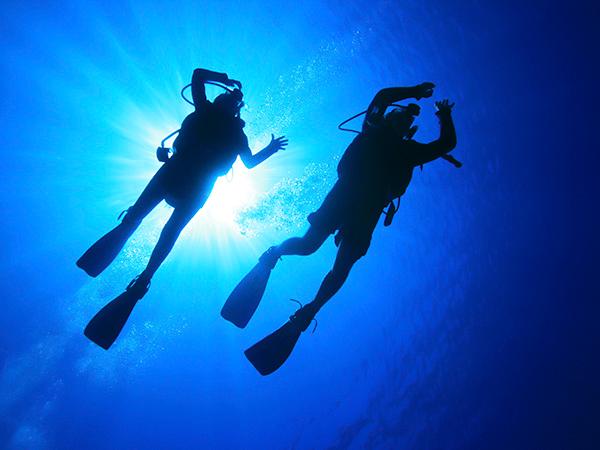In recent years there has been a growing interest in Immersion Pulmonary Oedema (IPO) as a factor within diving incidents. Although originally reported in the 1980s the condition was until recently thought to be rare. IPO can result from any immersion in water and can affect snorkellers, open water swimmers, triathletes etc. not just scuba divers.
Increasing awareness of IPO
Since highlighting the importance of IPO for divers in 2014 a number of articles, including personal experiences of suffering IPO, have been published in SCUBA magazine raising awareness.
Because the condition can affect anyone who is immersed in water Snorkellers should be made aware of the condition and how to avoid, recognise and treat it.
Until recent times the condition was thought to be rare but within the last 5-6 years consideration of the circumstances of diving incidents appears to be showing evidence of IPO being a significant factor. BSAC began highlighting the possibility within the Annual Diving Incident Report from 2016 onwards and Dr Peter Wilmshurst has presented on the subject at two BSAC Diving Conferences (2014 & 2017).
Recently within the BSAC Annual Incident Report a number of the incidents described in the associated synopses have been confirmed by medical assessment as involving IPO in the casualty; a number of divers survived by immediately leaving the water and attending hospital.
Pulmonary Oedema may be confused with drowning as both conditions result in fluid collecting in the lungs. First Aid treatment is however likely to be the same for both.
Causes of IPO
When we are immersed in water, the hydrostatic pressure causes compression of leg veins. As a result, blood that normally pools in the legs is pushed centrally into the chest. The increased central blood volume increases the pressure in the alveolar capillaries and may cause fluid to leak into the lungs and cause difficulty breathing and if not corrected can cause death.
It has been known for some time that high blood pressure carries increased risk of pulmonary oedema, which is why it forms one of the screening questions on a snorkel diving medical form. What was previously less understood is that very strenuous exercise could trigger IPO. That level of extreme exercise might arise in snorkelling for example when attempting a rescue of another diver or fighting a current.
Avoidance of IPO
IPO is the result of a combination of immersion in water and the body’s response to that immersion. Other than avoiding entering the water in the first place some simple steps may help reduce the risk.
- Hypertension - high blood pressure can contribute to the risk. Snorkellers with high blood pressure should seek specialist advice from a Medical referee
- Hydration - snorkellers should NOT drink excessive fluids prior to a dive.
- Exercise - extreme levels of exercise can contribute to IPO even in very fit individuals and so where possible minimise the need to extreme exercise
Recognition of IPO
BSAC are continuing to consult with an expert to ascertain if IPO is likely in incidents where the description of the incident implies an IPO may have occurred. Whilst the body of information and evidence develops we believe it continues to be important to remind divers to be aware of factors that could indicate IPO which include:-
- Snorkel divers experiencing breathing difficulties when not exercising particularly strenuously. Breathing difficulties may be indicated by rapid, uneven or heavy breathing, or coughing uncontrollably.
- Confusion, swimming in the wrong or random directions.
- Inability to carry out normal functions, whilst appearing to have to concentrate on breathing.
- Belief that a snorkel is restricting breathing.
- Indication of continued difficulty of breathing when on the surface and not using a snorkel.
Treatment of IPO
Advice from the medical experts at this time is that if you experience breathing difficulties in water you should terminate the dive and exit the water. If you recognise any of the above factors in a buddy then assist them from the water as quickly as it is safe to do so. Once out of the water the casualty should:
- sit upright if conscious,
- be given oxygen,
- keep warm,
- do NOT give fluids
and it is essential that medical advice be sought.
Download this IPO Guidance as a pdf

